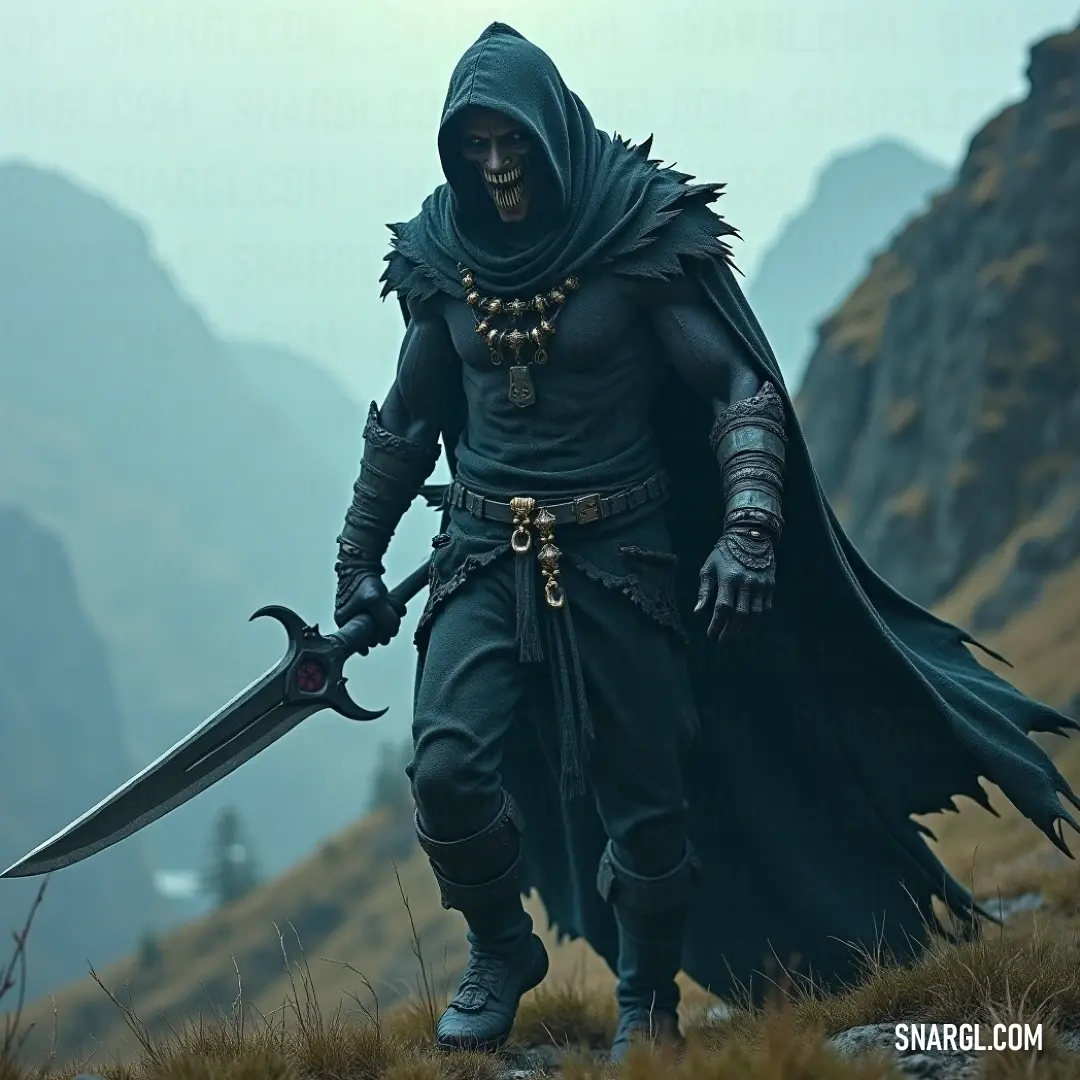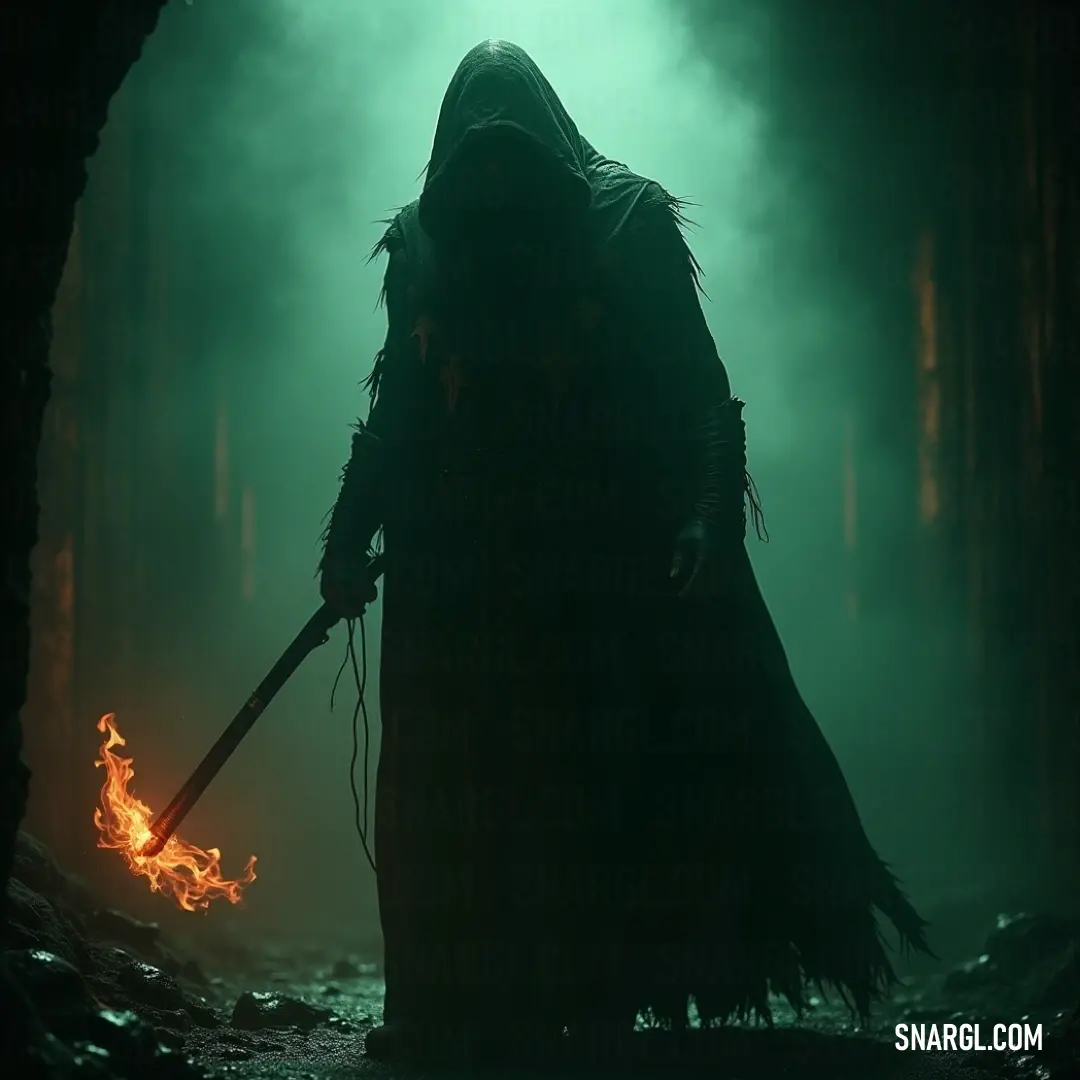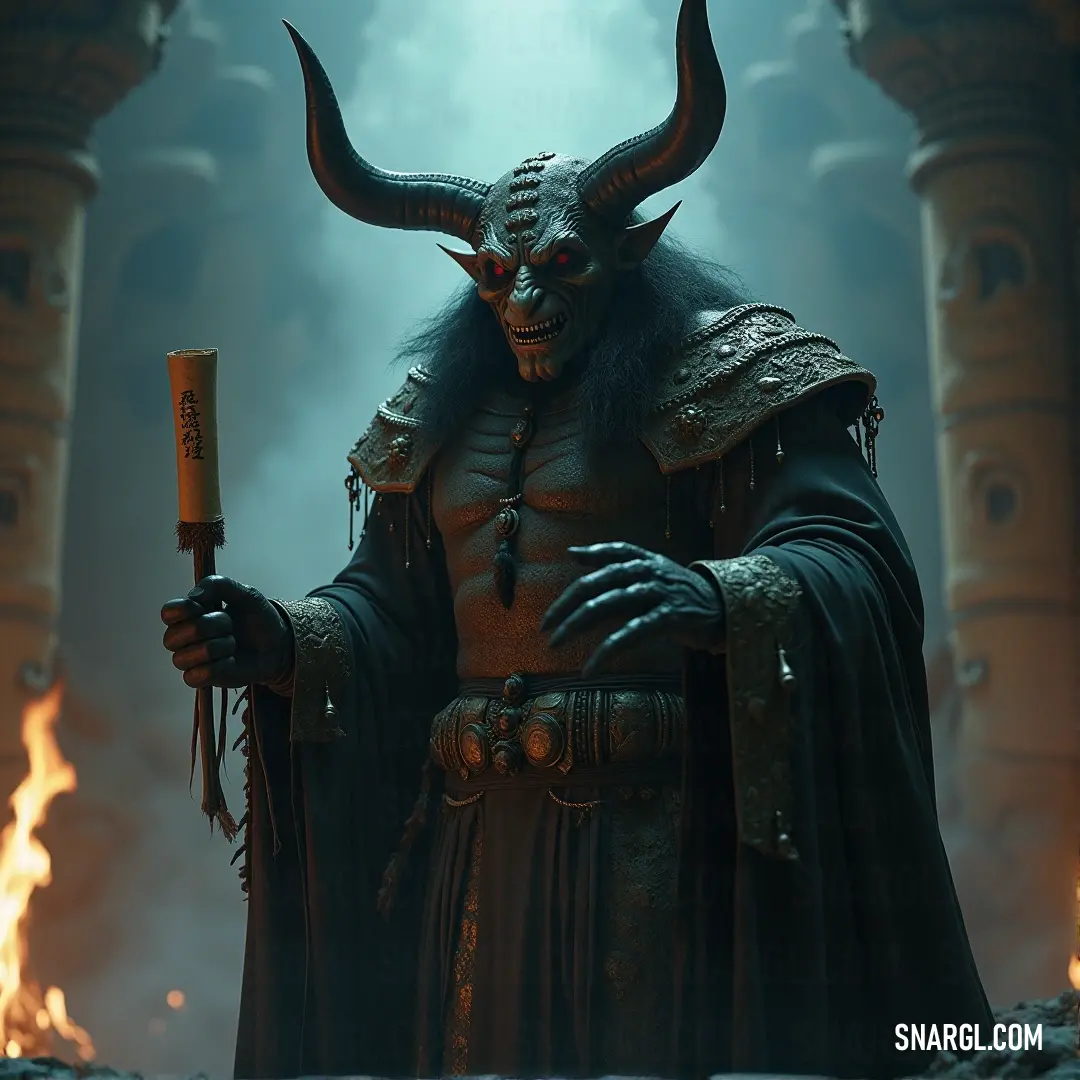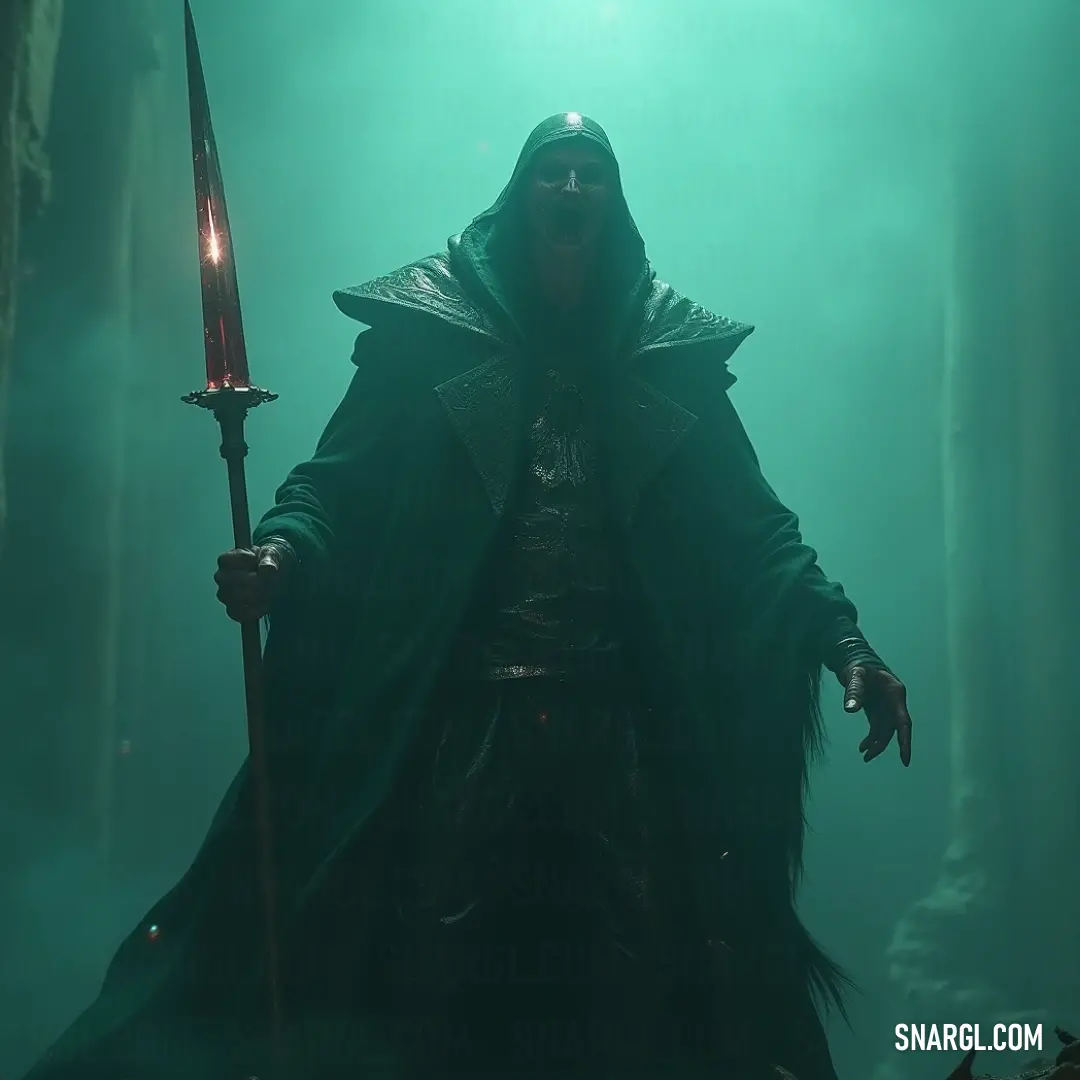Long time ago, in the twilight realms of forgotten legends, there was a place called the Sanctuary of Shadows, a mythical haven said to hold the secrets of eternal night and the power to command the very essence of fear. This sanctuary, hidden deep within the heart of the Murkwood Forest, was said to be guarded by the Bogeyman, a figure of terror and mystery who had long forsaken the light.
Once upon an ancient age, there existed a council of noble adventurers, each blessed with virtue and valor. They sought the Sanctuary of Shadows not for personal gain but to harness its power to protect their world from encroaching darkness. Among them was a daring knight named Sir Cedric, a wise mage known as Elowen, and a nimble rogue named Lysandra. They were bound by their quest, each driven by a noble purpose, their hearts pure and their resolve unshakable.
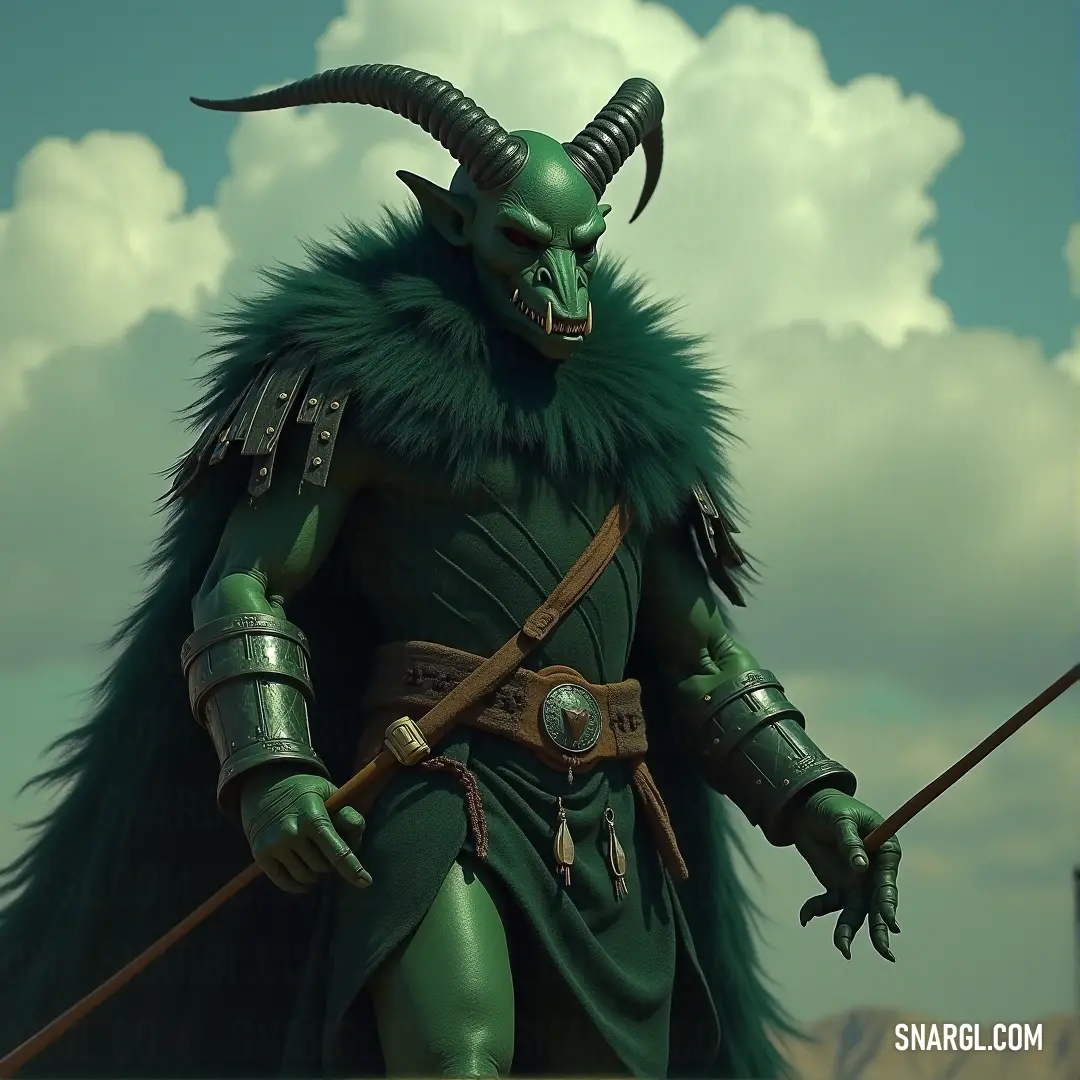
A fearsome creature, ready for battle, stands in defiance under the ever-changing sky, holding weapons that gleam with danger.
The Bogeyman, whose true name was Varkon, had long been a solitary sentinel, a guardian cursed to dwell in shadows, his existence intertwined with fear itself. Yet, Varkon harbored a secret longing, a desire to escape the bonds of his own dark nature and find redemption. He knew of the adventurers' quest and saw it as an opportunity for change.
In a moonlit glade, Varkon approached the adventurers, cloaked in an aura of dread. "I am Varkon," he declared, his voice echoing with the cold chill of the night. "I am the guardian of the Sanctuary you seek. If you wish to claim its secrets, you must first prove your worth."
Sir Cedric, brave and steadfast, replied, "We seek not to conquer but to understand. Guide us through the trials of the Sanctuary, and we shall leave it as we found it."
Elowen, with her eyes shimmering with arcane wisdom, added, "We wish only to use its power to safeguard our world, not to wield it for dominion."
Lysandra, ever cautious, eyed the Bogeyman warily but spoke with a tone of measured trust. "We will accept your guidance, but know this: betrayal is not forgotten in our world."
Varkon, moved by their sincerity and the purity of their intentions, agreed to lead them. Together, they ventured into the labyrinthine depths of the Murkwood, where shadows seemed to writhe with their own life. The path was fraught with peril: illusions that preyed on their deepest fears, creatures of darkness that sought to lead them astray.
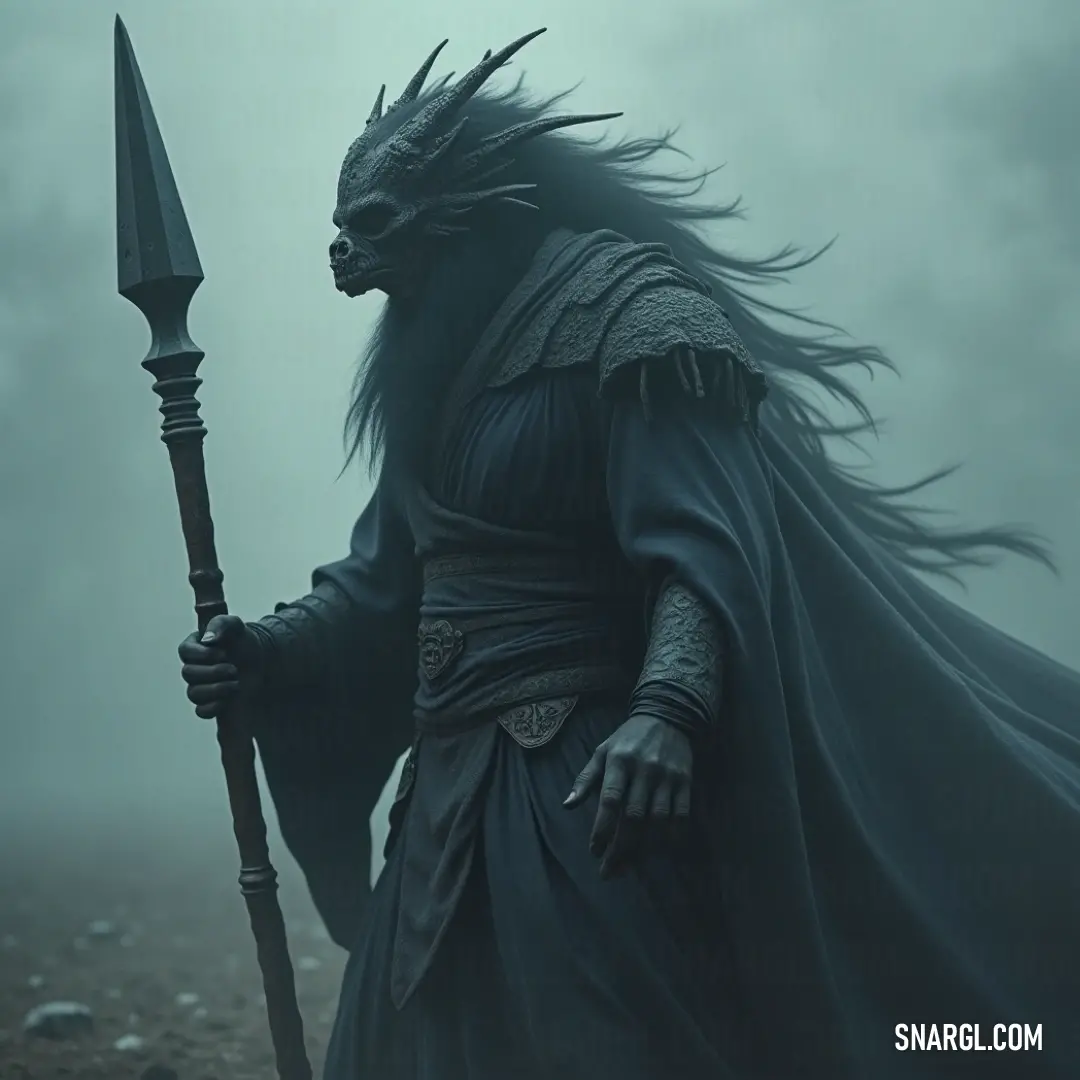
A figure of ancient power, the Dark Walker stands shrouded in mystery, his dark cloak and staff suggesting a journey into the unknown.
Yet, the adventurers remained steadfast, their courage and unity guiding them through each trial. Varkon, though initially a figure of fear, began to reveal glimpses of his true self - a being of conflicted emotions and untold burdens. His actions, though shrouded in darkness, carried a tinge of hope and a desire for redemption.
At last, they reached the heart of the Sanctuary, where an ancient, spectral gate lay before them. Varkon hesitated, for beyond the gate lay a choice that would seal his fate. The Sanctuary's power was vast, but it demanded a price: to possess its secrets, one must forsake their past and embrace a new destiny.
Varkon's longing for redemption clashed with the shadows of his past. In a moment of weakness, he succumbed to the whispers of the sanctuary, which promised him freedom from his curse in exchange for the betrayal of his companions. With a heavy heart and a soul torn between light and darkness, Varkon turned on the adventurers.
He unleashed the full force of the Sanctuary's power upon them, hoping to subdue them and claim the secrets for himself. Sir Cedric, though taken aback, stood firm, his sword glowing with the light of valor. Elowen chanted spells of protection, her magic a barrier against the onslaught. Lysandra, swift and cunning, maneuvered through the chaos, seeking a way to reach the heart of the Sanctuary.
In the midst of the battle, Varkon's true struggle was revealed. His betrayal was not born of malice but of a desperate wish to escape his own shadow. The adventurers, understanding the depth of his torment, chose not to vanquish him but to confront him with compassion.
With a final, resolute act, Sir Cedric spoke, "Varkon, your fear does not define you. You have the power to change, to seek forgiveness, and to find redemption."
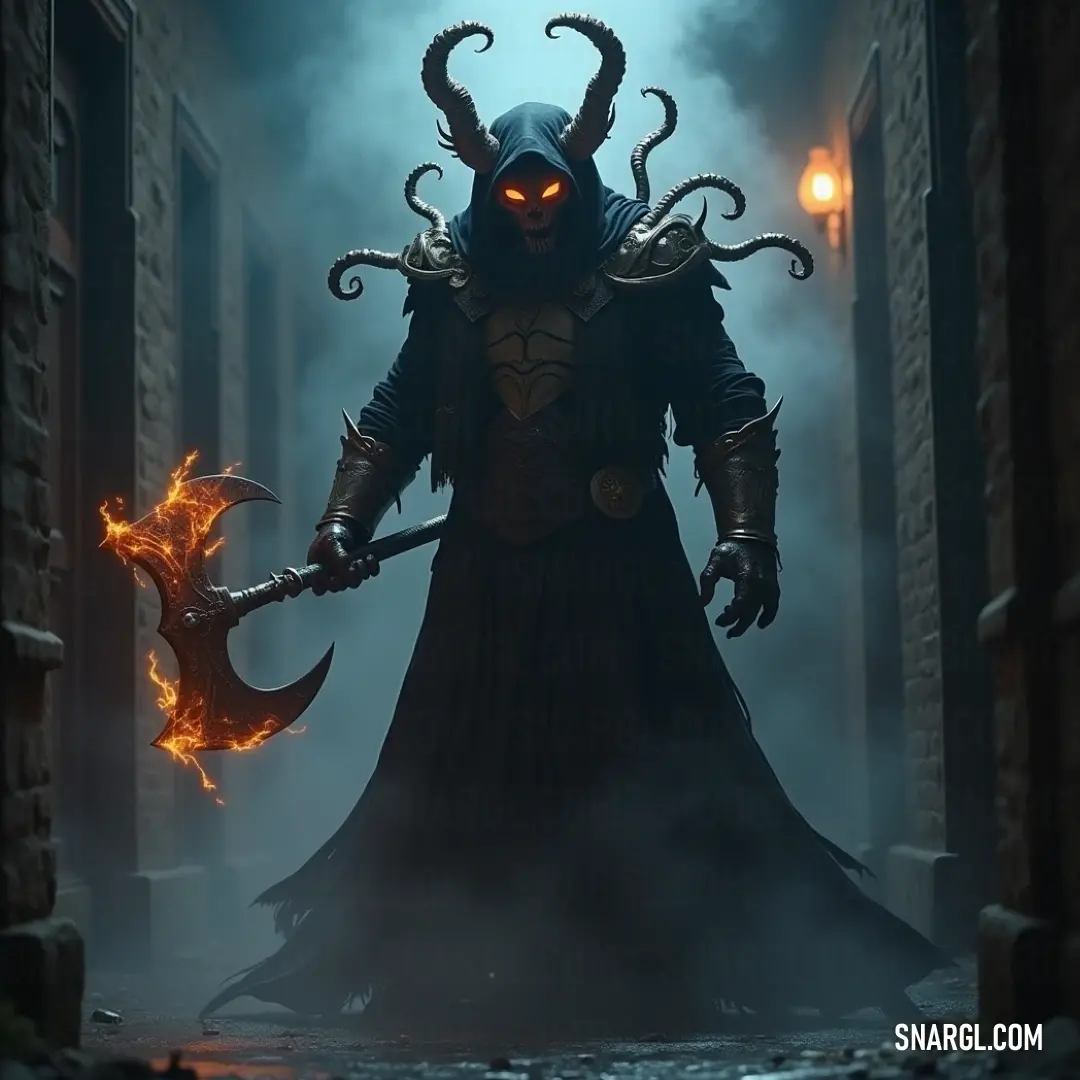
A dark and powerful figure rises from the shadows, holding a flame that radiates danger and mystery. Its very presence invokes a sense of dread and awe.
The words struck deep within Varkon's heart. Overwhelmed by the weight of his actions and the genuine care of his foes, Varkon surrendered. The Sanctuary, recognizing the true nature of his heart, granted him a chance for atonement.
The adventurers, though weary and battle-scarred, emerged victorious. They left the Sanctuary's secrets untouched, honoring its sacredness. Varkon, transformed by the encounter, was given a new path - a chance to seek redemption and aid those in need, no longer bound by the chains of fear.
Thus, the Parable of the Bogeyman and the Sanctuary of Shadows teaches that even the darkest heart can seek the light, and that true courage lies not in the conquest of power, but in the redemption and understanding of oneself. The Bogeyman's tale became a legend, a reminder that every shadow holds a glimmer of hope, and every soul, no matter how lost, can find its way back to the light.



